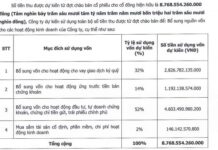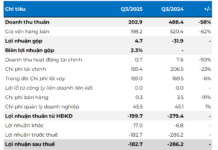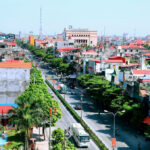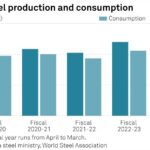
Da Nang City, Vietnam (Photo: Nguyen Sanh Quoc Huy)
The Prime Minister has issued Decision No. 891/QD-TTg dated August 22, 2024, approving the Master Plan for Urban and Rural Development for the period of 2021 – 2030, with a vision towards 2050. According to the Decision, by 2030, Vietnam will have 13 centrally-governed cities.
Specifically, the Master Plan identifies five centrally-governed municipalities, including: Hanoi, Ho Chi Minh City (expected to become a special municipality by 2030), Hai Phong, Can Tho, and Da Nang (expected to become a Type I city by 2030).
Eight provinces are oriented to become centrally-governed cities, including: Thua Thien Hue, Khanh Hoa, Bac Ninh, Ba Ria – Vung Tau, Quang Ninh, Ninh Binh, Hai Duong, and Binh Duong (expected to become a Type I city by 2030).
Thus, Da Nang and Thua Thien Hue will be the first pair of centrally-governed cities to be adjacent to each other in Vietnam.
Recently, the Government Office announced the conclusion of Deputy Prime Minister Nguyen Hoa Binh on the determination of administrative boundaries between Thua Thien Hue province and Da Nang city.
Based on the proposal of the Ministry of Home Affairs and the opinions of delegates, the Appraisal Council agreed with the proposal of the Ministry of Home Affairs to determine the administrative boundaries between Thua Thien Hue province and Da Nang city as follows: Thua Thien Hue province will manage the area north of Hai Van Mountain, while Da Nang city will manage Son Cha Island and the area south of Hai Van Mountain.
On November 16, 1996, at the 10th session of the 9th National Assembly, a resolution was passed to establish Da Nang city as a centrally-governed municipality, effective from January 1, 1997.
With its continuous development, Da Nang has been playing a crucial role as a key economic hub in Central Vietnam. Da Nang holds a strategically important position in terms of economy, trade, military, and defense, serving as a prominent tourism center in the country. It boasts favorable natural conditions and serves as a vital transportation hub.
According to the Master Plan for the period of 2021-2030, with a vision towards 2050, the goal is to develop Da Nang into one of the major economic and social centers in the country and Southeast Asia. It aims to become a hub for startups, innovation, tourism, commerce, finance, logistics, high-tech industries, information technology, and auxiliary industries.
Economic targets include achieving an economic growth rate of 9.5-10% per year and striving for 12%. The GRDP per capita (at current prices) is expected to reach approximately $8,000-$8,500, with an urbanization rate of over 90%.
According to the Master Plan, by 2025, Thua Thien Hue will become a centrally-governed city. Thus, it will be the first among the eight provinces to attain this status. After its establishment, Thua Thien Hue city will comprise nine administrative units at the district level (two districts, three town-level municipalities, and four rural districts), 133 administrative units at the commune level (78 communes, 48 wards, and seven townships), representing a reduction of eight administrative units at the commune level.
By 2030, Thua Thien Hue aims to become a distinctive heritage city of Vietnam; one of the prominent centers in Southeast Asia for culture, tourism, and specialized healthcare; a major national hub for science, technology, multi-disciplinary and multi-field education and training of high quality; and a strong maritime economic center in the country.
On September 10, the Office of the People’s Committee of Thua Thien Hue Province announced that at the Conference for Appraisal of the Proposal to Establish Thua Thien Hue City under the Central Government, 17 out of 17 delegates agreed to propose to the competent authority the establishment of Thua Thien Hue City under the Central Government, based on the administrative boundaries of Thua Thien Hue Province.
The conference was held in Hanoi on September 9, under the chairmanship of Deputy Prime Minister Nguyen Hoa Binh, who is also the Chairman of the Appraisal Council for the Proposal to Establish Thua Thien Hue City under the Central Government.
The conference agreed on the name “Thua Thien Hue City,” which aligns with the historical and cultural traditions of the locality and received an overwhelming majority of 98.67% agreement from voters.
India Imposes Maximum 30% Duty on Certain Steel Products Imported from China and Vietnam
The steel products in question, originating from China and Vietnam, are subject to a taxing period of five years.













































